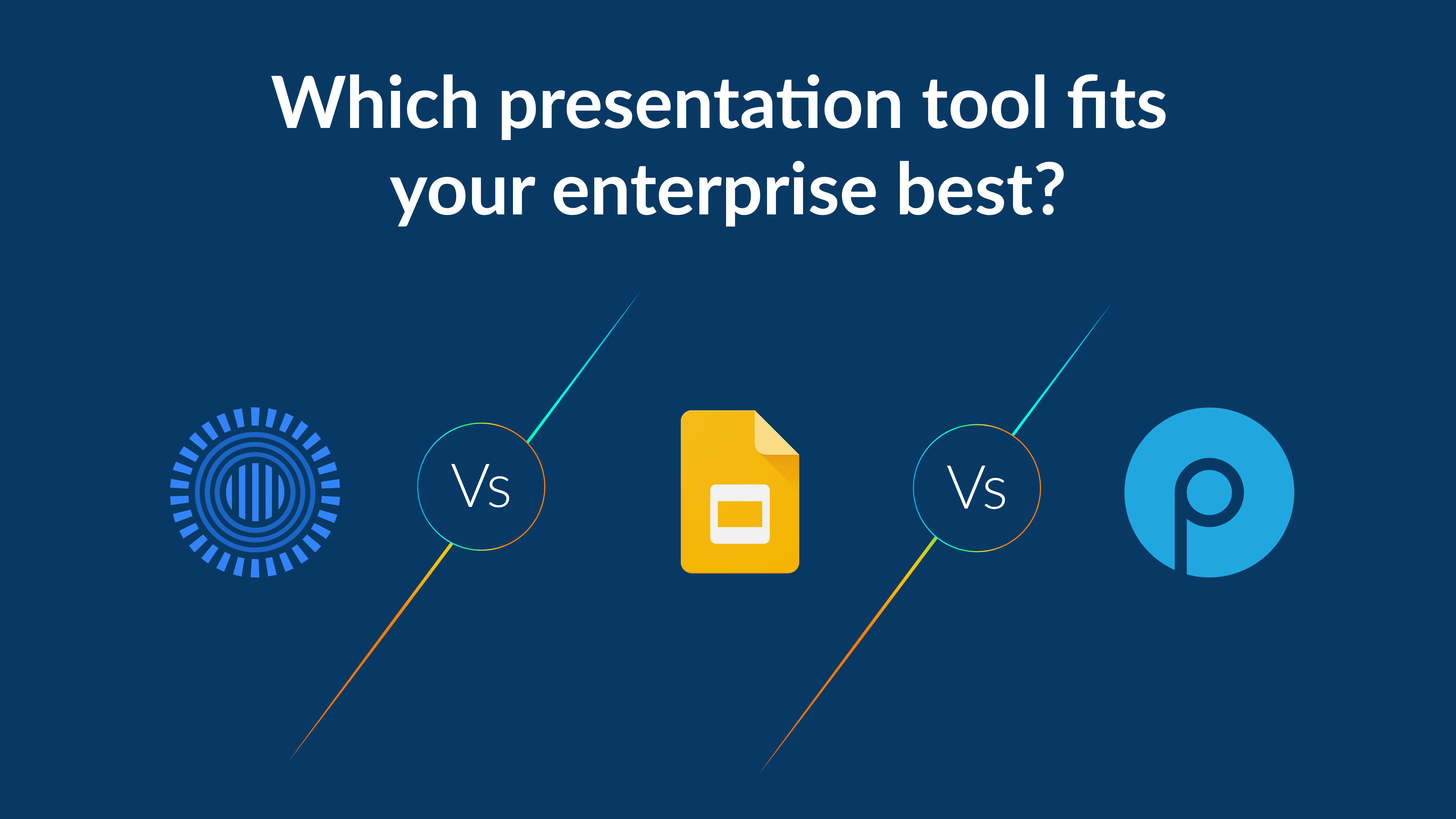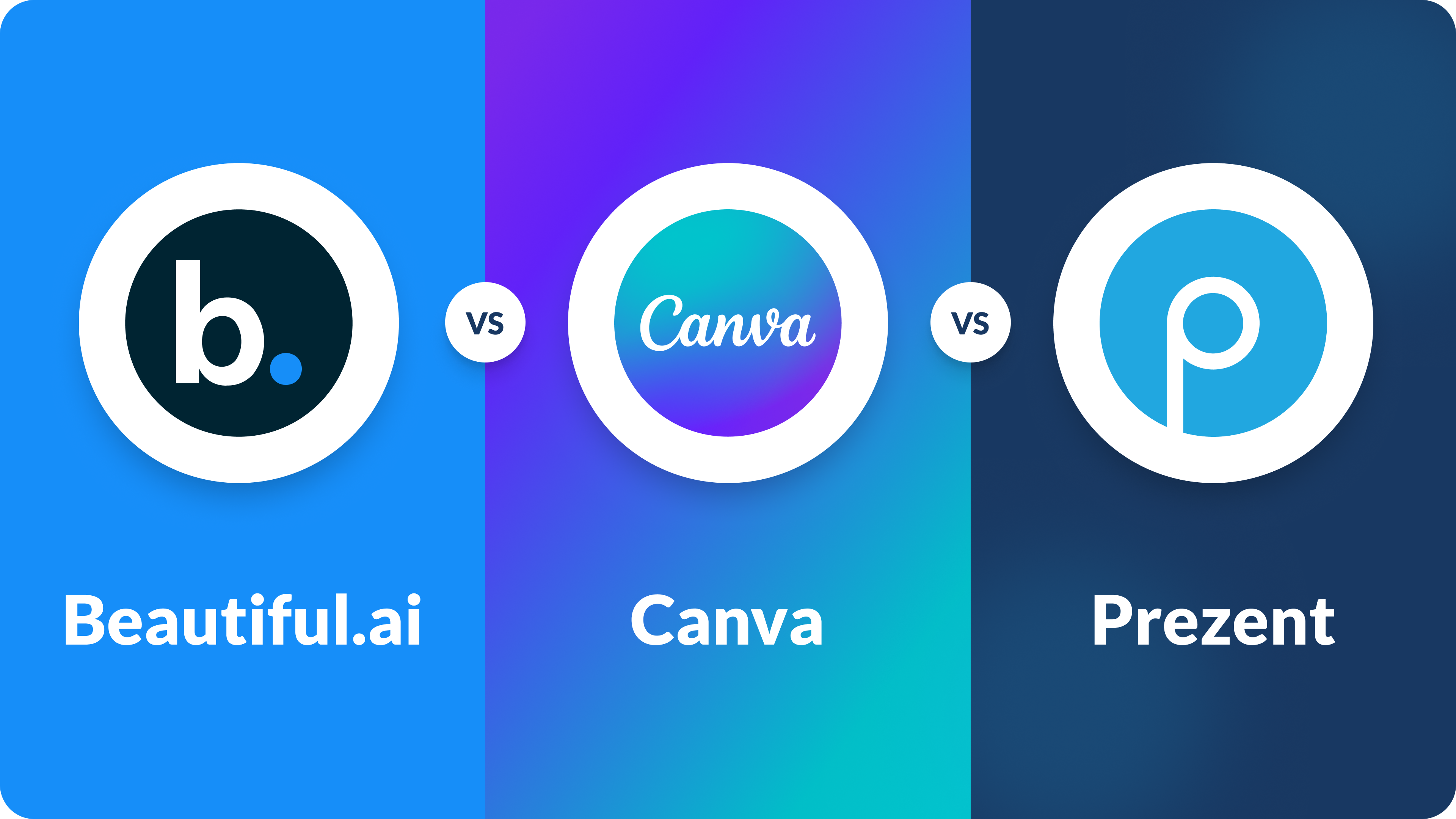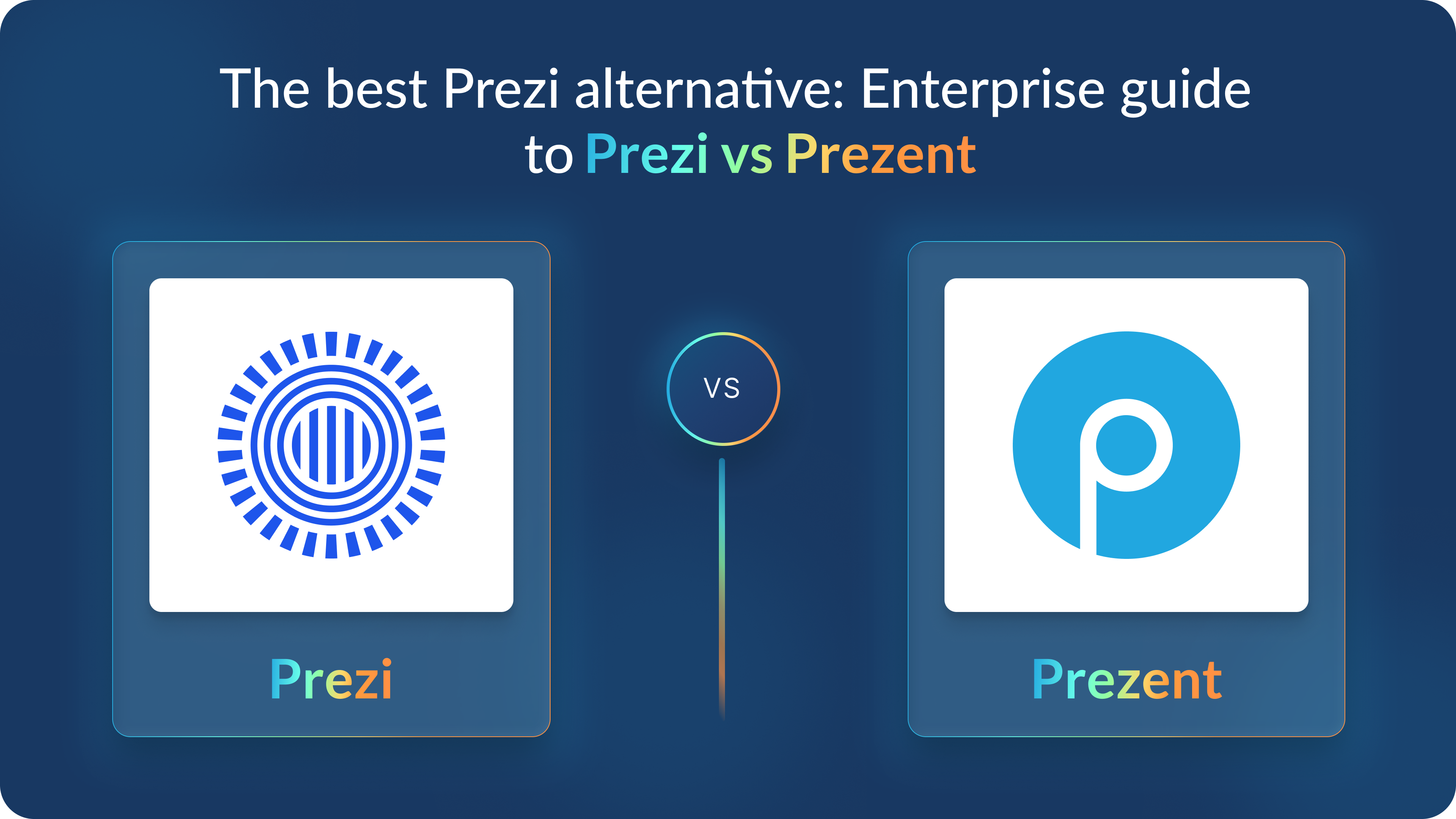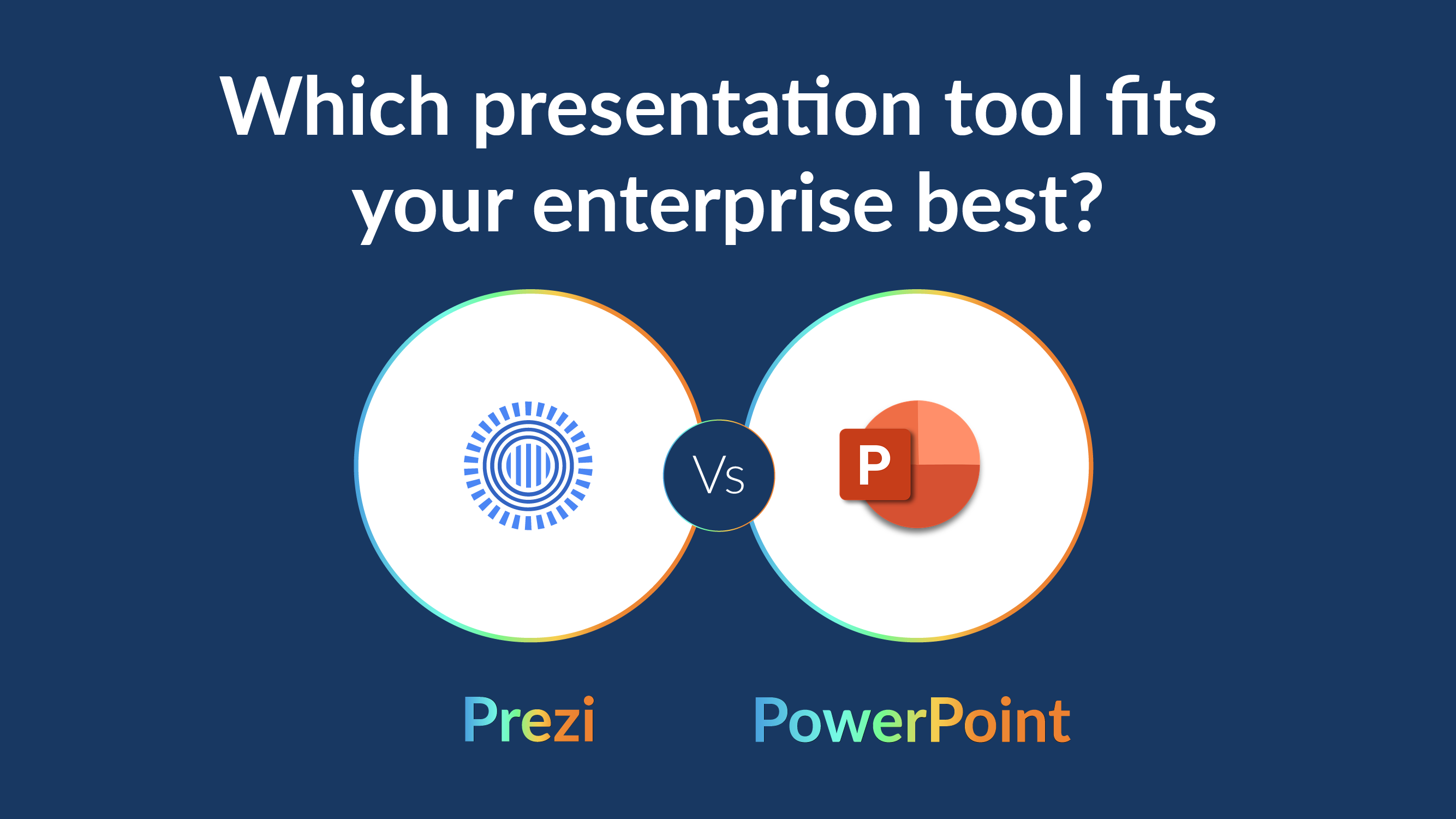Communication competence: 5 Strategies for business success

The success of any business or project depends heavily on effective communication within teams and among stakeholders. Whether speaking in meetings, negotiating with clients, or managing teams, being a competent communicator can significantly influence business outcomes. Communication competence combines various skills that enable professionals to express their ideas clearly and appropriately, helping them achieve their objectives—whether it's securing investment or persuading stakeholders.
This guide will explore communication competence, why it matters in professional settings, and how individuals can develop this crucial skill to enhance collaboration and productivity.
What is competence in communication?
Communication competence is the combination of knowledge, skills, as well as behaviors that enable individuals to communicate effectively. Communication competence involves:
- Understanding grammar and syntax.
- Recognizing non-verbal cues.
- The ability to apply these skills in social and professional situations.
It is an acquired ability that can be developed through education, training, and observation. Non-verbal elements such as body language, gestures, and tone of voice play a significant role in successful communication. A competent communicator can adapt their style based on the audience, situation, and medium to ensure clarity and understanding. Using these communication patterns effectively allows individuals to achieve communication goals in a professional setting.
There are four levels of communication competence. The first is unconscious incompetence, where individuals are unaware of their communication limitations, and progresses to unconscious competence, where skillful communication becomes second nature. Moving up these levels of competency requires training, practice, and reflection on one’s communication behaviors.
The importance of communication competence in professional environments:
Communication competence is essential for enhancing collaboration, building relationships, and achieving organizational goals in the workplace. However, communication is often influenced by personal characteristics and emotions, which can sometimes hinder effectiveness. For example, someone who feels anxious about presentations may struggle to deliver their message with the right impact, even if they know how to communicate effectively.
Developing communication competence helps individuals overcome these challenges by equipping them with the skills to manage such situations. It allows them to apply what they have learned in everyday interactions, improving clarity and confidence in their communication.
- Interpersonal communication: Strong communication skills help foster healthy interpersonal relationships at work. Skillful communicators can navigate difficult conversations, resolve conflicts, and manage team dynamics more effectively.
- Public speaking: Competency in communication is critical for public speaking, whether presenting to a team or delivering a keynote speech. It helps reduce anxiety by enabling individuals to communicate their ideas clearly and confidently.
- Written communication: Communication competence extends beyond verbal skills and includes written communication. Emails, reports, and other business documents need to be clear, concise, and professional, which are all key traits of a good communicator.
- Achieving communication goals: Communication competence is key to achieving specific goals, whether they are project proposals or client negotiations. Being aware of one’s communication style and adjusting it according to the audience can make all the difference in closing deals or gaining team buy-in.
- Effective conflict resolution- Communication competence plays a vital role in resolving conflicts within teams. A competent communicator can address disagreements without escalating tension, using skills like active listening, empathy, and clear expression to find common ground.
Strategies to improve communication competence in the workplace
Improving communication competence is an ongoing process that requires building awareness, practicing, and refining your communication skills. Adaptability and flexibility are key advantages, especially in social situations where external factors, like people and circumstances, can affect your ability to communicate. Here are some strategies, along with examples, to help you become more adaptable and improve your communication competence:
1. Learn from experience:
Reflect on your past social interactions to guide you in similar situations. Consider what went well or didn’t, and apply those insights to your current interactions.
For example, if you once faced difficulty explaining a complex idea during a meeting, you might realize that breaking the concept into simpler terms helped others understand better. In future meetings, you can use the same approach when discussing complex topics.
2. Understand your emotions:
Be mindful of how you feel in any given situation. We tend to communicate more effectively when we are calm and composed. Recognizing your emotions can help you regain composure and focus on the conversation, improving your ability to communicate clearly.
For instance, if you're feeling nervous before a presentation, acknowledging that anxiety can help you take deep breaths, refocus, and present more confidently.
3. Empathize:
Show empathy in your interactions, whether in one-on-one conversations or public speaking. Simple gestures like actively listening and nodding to show attention can make a difference. When addressing a larger audience, you can empathize by providing background information or explaining basic concepts to help those unfamiliar with the topic follow along.
For example, if you're leading a meeting where some team members may not be familiar with the discussed technical aspects. Empathizing with them by offering a brief explanation of key concepts ensures everyone stays on the same page.
4. Articulate clearly:
Proper articulation helps you convey your thoughts in a refined, structured way that benefits your listeners. This also involves being mindful of nonverbal cues like body language and gestures.
Being intentional with your choice of words and non-verbal gestures can significantly impact how your message is received. Nonverbal cues, like as gestures, expressions, and eye contact, play a crucial role in communication. In fact, studies show that a large portion of communication is nonverbal. Your body language can either reinforce your words or contradict them.
For example, if you’re discussing project updates, clear articulation ensures everyone understands the progress. At the same time, maintaining positive body language, such as maintaining eye contact and an open posture, reinforces your message.
5. Seek feedback:
Ask colleagues, mentors, or supervisors for feedback on your communication style. Constructive feedback helps you identify areas for improvement, enabling you to make adjustments and become a more mindful, effective communicator.
For instance, after a presentation, you might ask a trusted colleague for feedback on your delivery. They might suggest that slowing down your speech could make your message clearer and more impactful.
Tips to develop effective communication competency within your team
Did you know that 72% of business leaders attribute enhanced team productivity to effective communication?
Improving communication competence helps the team work better together, reduce conflicts, and achieve stronger outcomes. Here are some practical strategies to boost communication skills within your team:
- Encourage open communication: Encourage an environment where team members are comfortable sharing ideas, giving feedback, and asking questions with each other. Open communication helps build trust and encourages collaboration. When everyone feels heard, teamwork becomes more effective, leading to better solutions and outcomes.
- Address communication gaps: Sometimes, team members may not realize their communication needs improvement. You can help them become more aware of their habits by providing constructive feedback. This will guide them from not recognizing their shortcomings (unconscious incompetence) to consciously improving their communication skills.
- Promote active listening: Active listening involves giving full attention to the speaker and responding thoughtfully. Encourage your team to practice this by listening without interrupting and taking time to reflect before replying. Simple actions like nodding and briefly summarizing the speaker's message can reassure them that they are being heard. This reduces misunderstandings and builds respect within the team.
- Encourage emotional awareness: Emotional awareness helps team members recognize their own feelings and understand the emotions of others. Encourage your team to be mindful of how emotions can affect communication. By being aware of their emotional state, team members can adapt their responses in a calm and understanding way, which helps to avoid conflict and strengthens relationships.
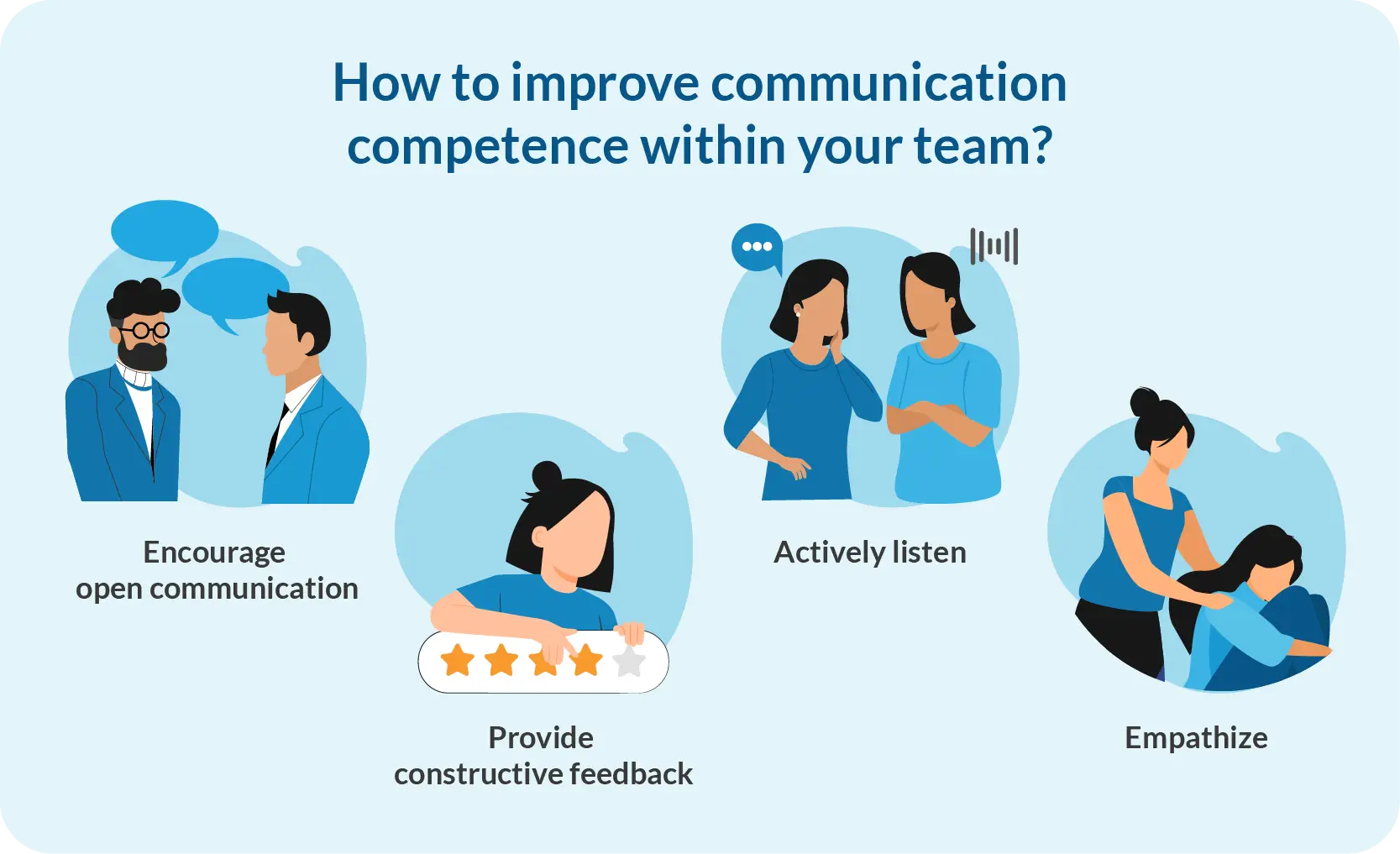
How does Prezent help to develop communication competence?
Prezent is an AI-powered platform designed to streamline business communication while enhancing the overall communication skills of teams. It helps to improve the ability to communicate effectively by offering AI-driven tools and resources that improve clarity, structure, and effectiveness in business presentations. Here’s how Prezent contributes:
- Tailored communication templates: Prezent provides over 1000 pre-designed storylines and more than 36k slide templates that help users organize their thoughts effectively and communicate key points clearly. This improves both verbal and written communication, allowing teams to articulate ideas that resonate with their audience.
- Visual aids for clarity: Prezent simplifies complex data with visual aids like charts, graphs, and infographics. This enhances users’ ability to communicate complex ideas concisely, which is vital for improving communication competence.
- Feedback and collaboration tools: Prezent offers real-time collaboration features that allow teams to work together seamlessly and receive instant feedback. This improves the team's ability to identify areas for refinement, developing more cohesive and impactful communication.
- Training resources: Prezent provides access to comprehensive training resources, including best practice guides and personalized coaching from industry experts. This helps users deepen their understanding of effective communication strategies and stay up to date with industry best practices.
Overall, Prezent empowers users by making the creation of clear, structured, and engaging presentations more efficient, while also providing opportunities to refine communication skills. Learn more about how Prezent can help boost your team’s performance and communication competence by scheduling a demo or using your free trial.
.avif)


